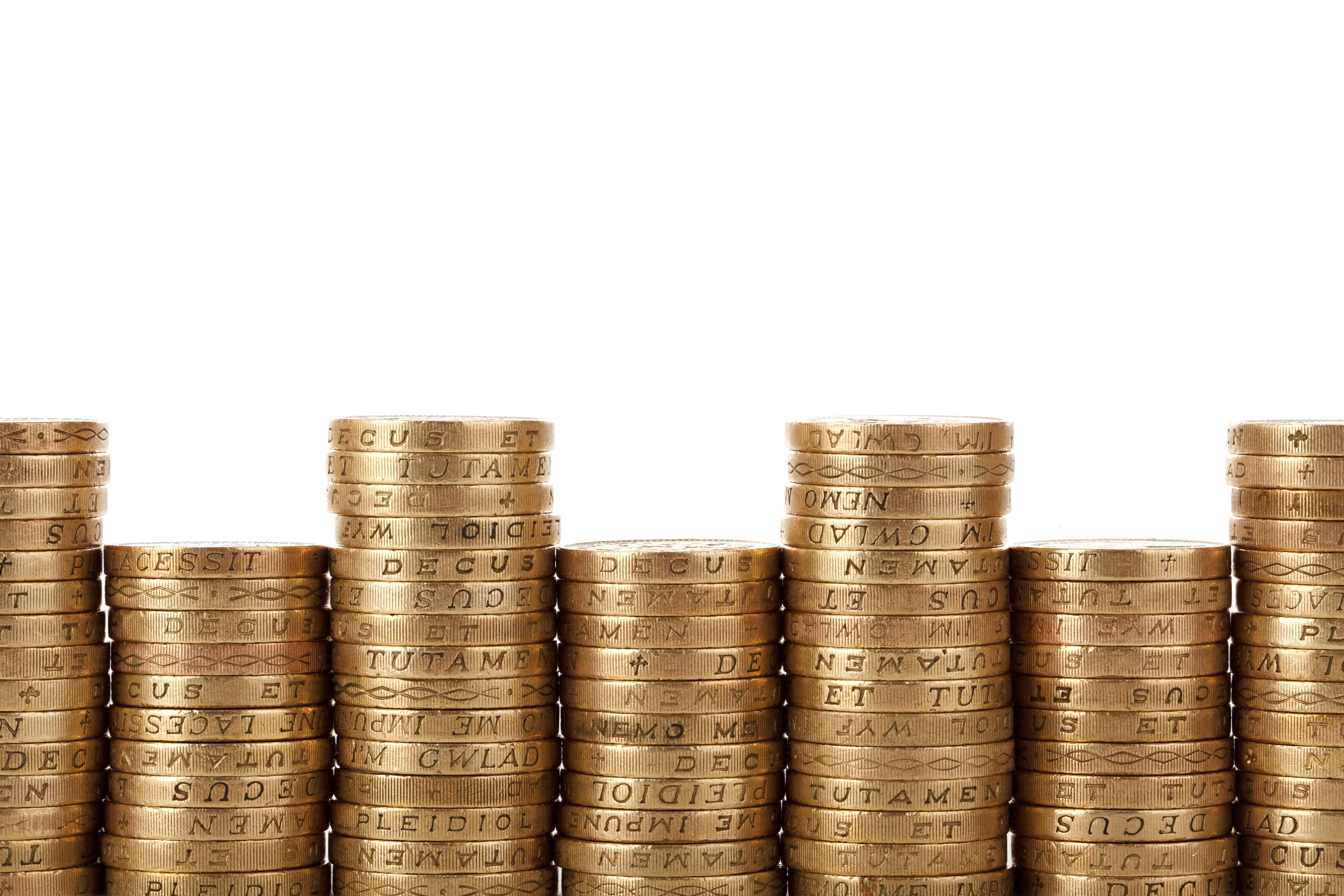For many business owners, including those who are self-employed, you may be required to make payments on account. You may have been paying these already, or this may be your first year, but this article will help you to understand the what, why, when and how much?
A commonly misunderstood part of self-assessment, the aim of payments on account is to make your future tax bill more affordable by spreading out the cost over time.
What are payments on account?
Payments on account are payments made in advance of your next tax bill.
Who is required to make payments on account?
If your last self-assessment tax bill was more than £1,000 and you paid less than 80% of your tax at source (i.e when tax is taken before you receive payment such as through PAYE) then you will be required to make payments on account.
When are the payments due?
There are two payments due in the year, January 31st and July 31st.
How much are the payments?
Each of the two payments will be equivalent to 50% of your previous tax bill (including class 4 NIC if you’re self-employed).
Example
John is self-employed and has to pay £2,400 in tax and class 4 NIC for the 15/16 tax year. The full amount is required to be paid by 31st January 2017.
Because John doesn’t pay tax at source and his liability is greater than £1,000, John will also have to make payments on account for the 2016/17 tax year. These payments will each be due by 31st January 2017 and 31st July 2017 and will be in the amount of £1,200 each (50% of the previous year’s tax bill).
This means that on 31st January 2017, John will have to pay £3,600 = £2,400 tax liability + £1,200 first payment on account.
When John comes to complete his 2016/17 tax return, he will have already paid £2,400. So if his tax bill came to £2,900, he will only have to pay £500 which is the ‘balancing payment’. He will also then have to make payments on account for the 2017/18 tax year of £1,450 each on 31st January 2018 and 31st July 2018.
If your tax bill ends up be lower than the payments you have made, HMRC will issue a refund or if you know that your tax liability will be lower the following tax year, you can apply to HMRC to reduce the amount payable which you can do when submitting your tax return, online or by sending form SA303.
You can keep a track of your payments on account by login into your tax portal on the HMRC website, but if you would like further advice about payments on account you can contact us here.

